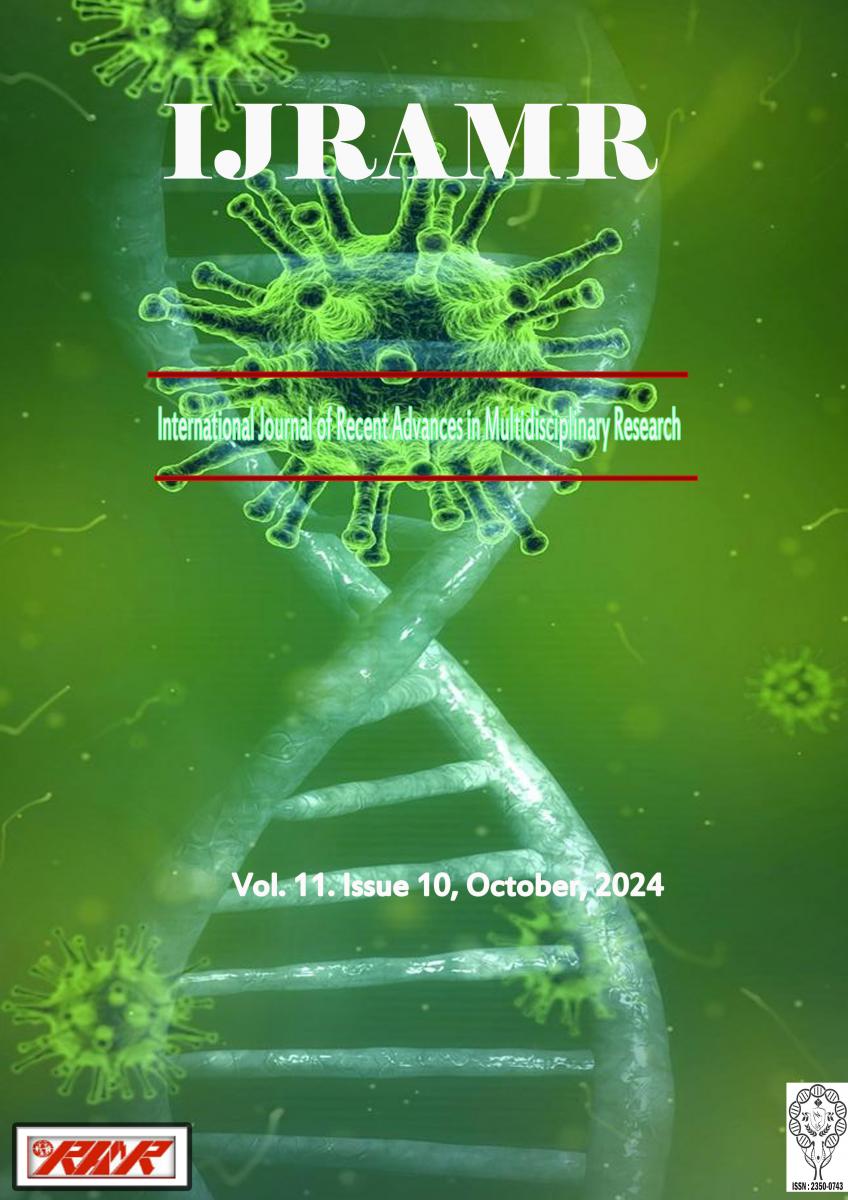Background: The study was conducted in Gagnoa, in central-western Côte d'Ivoire in one of the main areas of rainfed rice production. Objective: The objective of this study was to assess the natural physical fertility status of the soils used for rainfed rice in the Gagnoa area. Methods: The test was carried out on the top of a slope at the research station of the National Center for Agronomic Research (CNRA) of Gagnoa. The methodology adopted consisted of the description of an open soil pit at the study site for the characterization of physical soil parameters (texture, coarse element rates, color). Results: The results obtained showed that the soils are slightly humiferous, soft and have good internal drainage at the level of the upper horizons (0-5 cm). Soil colouring ranges from 10 YR (0-60 cm) to 7.5 YR (60-80 cm) to reach 2.5 YR colouring in the lower soil horizons (80-100 cm). These soils also have a compact horizon, with a high rate of coarse elements (> 50%) between 20 and 40 cm, essentially consisting of ferruginous nodules, gravels and quartz fragments. Conclusions: The presence of a compact horizon with a high rate of coarse elements in the surface layers of soil constitutes the constraints to the proper development of plateau rainfed rice in the Gagnoa region. Identifying these parameters could be a start in finding solutions to improve the productivity of plateau storm rice in the Gagnoa region.






